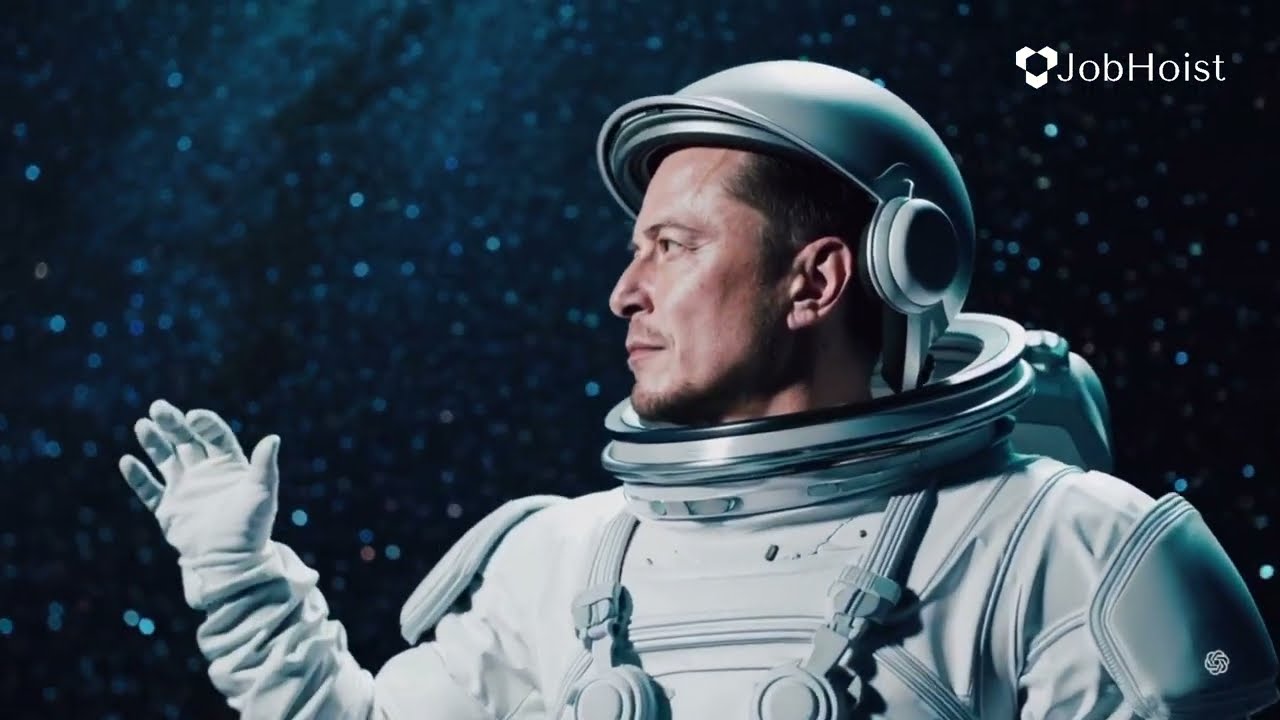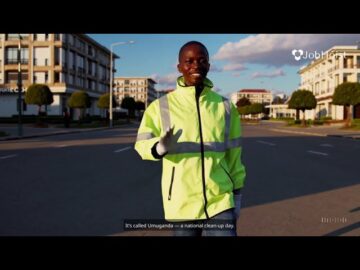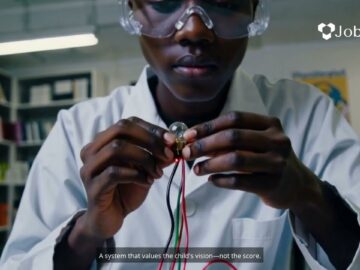Elon Musk SpaceX Journey: From Self-Taught Coder to Rocket Pioneer
The Early Spark: A South African Kid with Big Dreams
Elon Musk’s journey didn’t begin in a tech lab or a space center. It began in Pretoria, South Africa. As a child, he was an avid reader with an insatiable curiosity for how things worked. At just 12 years old, Musk taught himself computer programming and sold his first game—Blastar—for $500. It was a humble start, but it hinted at a mind destined for greatness.
Musk later moved to the U.S., chasing bigger dreams. He studied at the University of Pennsylvania, where he double-majored in physics and economics. But he didn’t wait for graduation to make his mark.
Building Tech Empires: Zip2, X.com, and PayPal
Elon Musk’s first major business success came with Zip2, a company he co-founded to help newspapers offer business directories and maps online. Compaq acquired Zip2 for $307 million, and Musk walked away with $22 million.
Next came X.com, an online payment company that would eventually become PayPal. When PayPal was acquired by eBay for $1.5 billion in 2002, Musk received $165 million. Most people would retire rich. But Musk had other plans.
Dreaming Beyond Earth: The SpaceX Idea Is Born
Instead of buying yachts or islands, Musk set his sights on space. His mission? Make humanity multiplanetary. He founded Space Exploration Technologies Corp.—better known as SpaceX—with the audacious goal of reducing space travel costs and making Mars colonization possible.
He didn’t start by building rockets. First, he flew to Russia to buy one. He was laughed out of the room. They wouldn’t sell. But instead of walking away, Musk came home and made a game-changing decision: “I’ll build it myself.”
No Aerospace Experience? No Problem. He Learned Everything.
With zero aerospace background, Elon Musk immersed himself in rocket science. He read books, consulted experts, and recruited top aerospace engineers to build what became the Falcon 1, SpaceX’s first rocket.
But success didn’t come easy.
The first rocket launch failed.
So did the second.
And the third.
Millions of dollars lost. Critics called him reckless. Investors pulled out. Even NASA doubted.
The Fourth Launch: SpaceX Reaches Orbit
On the brink of collapse, Musk had just enough money and parts for one final try. On September 28, 2008, the fourth launch of Falcon 1 succeeded. The rocket reached orbit. It was a historic moment: the first privately developed liquid-fueled rocket to do so.
That flight not only saved SpaceX—it proved private companies could do what only governments once could. The world took notice. And NASA awarded SpaceX a $1.6 billion contract soon after.
Redefining Space Travel: Falcon 9, Dragon, and Beyond
From there, SpaceX accelerated.
Falcon 9 became the flagship rocket, designed for reuse.
The Dragon spacecraft began ferrying cargo to the International Space Station.
In 2020, Crew Dragon carried astronauts to orbit—a private company taking humans to space.
The Starship program was launched to one day carry people to Mars.
No longer a startup underdog, SpaceX became a pioneer in aerospace innovation, disrupting decades of traditional space travel models.
Lessons from the Elon Musk SpaceX Journey
Elon Musk’s journey to space wasn’t about being the smartest person in the room. It was about vision, resilience, and relentless curiosity.
He didn’t let failure stop him. He didn’t rely on credentials or conventional paths. He taught himself, built a team, and stayed committed to a future that others laughed at.
From self-taught coding at 12 to redefining rocket science, Musk’s story is a blueprint for bold innovation.
Conclusion: Why the Elon Musk SpaceX Journey Matters Today
The Elon Musk SpaceX journey isn’t just about space—it’s about daring to reimagine what’s possible. Musk proved that innovation doesn’t need permission. With enough will, knowledge, and persistence, even the stars are within reach.
In a world full of obstacles, let this journey remind us:
You don’t have to follow the path.
You can build your own rocket—and fly.
















